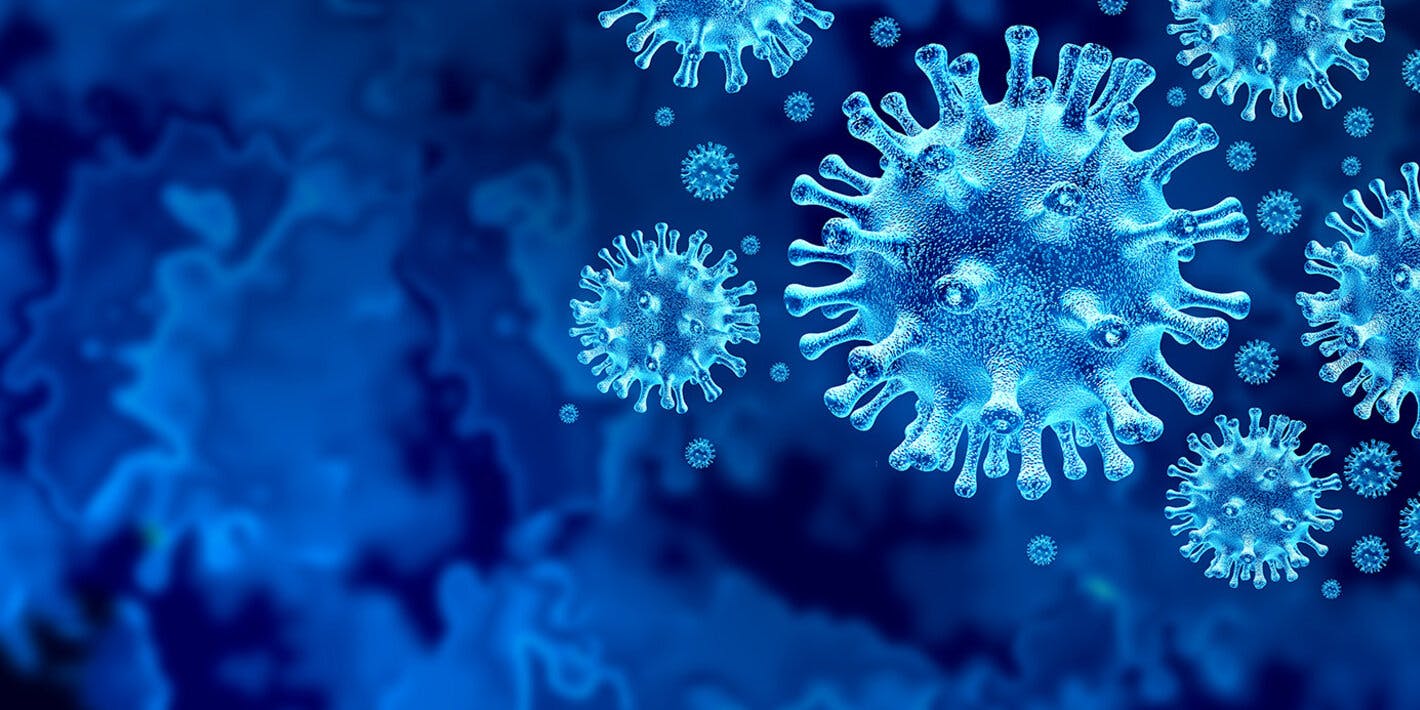May 21, 2020
2m 6s
Share:
Dr. Mariana Cannellotto, Medical Director of BioBarica, explains and presents evidence on how hyperbaric oxygenation treatment can contribute to the recovery of patients with Coronavirus: https://www.youtube.com/watch?v=OnzZUqPIVZs
In most cases of COVID-19, in approximately 90% of patients, the immune response manages to repair and slow down the process. But there is a percentage of patients, between 5 and 10%, who make a complication with more severe pneumonia. According to the latest studies, this complication is caused by a severe inflammatory process that leads to hypoxemia and progressively to multiple organ failure. This inflammatory process generates more destruction of the pneumocytes, more release of proinflammatory cytokines, more exudate, more hyaline membrane formation, and less oxygen diffusion. There are patients with hypoxemia.
Hyperbaric Oxygen Therapy was used in the Spanish flu of 1918 with good results. New clinical evidence demonstrates how it is possible to contribute to reversing hypoxemia and improving pulmonary capillary socket diffusion in patients with COVID-19. This due to the pathophysiology of the virus.
In patients with Coronavirus, the entire alveolar structure is observed to be altered. There is a thickness in that membrane that is thin, there are exudate and a lot of inflammation. The space generated by the diffusion of oxygen is limited by all that exudates and that inflammatory process. Then diffusion from the socket does not occur correctly. The concentration of oxygen in the blood and tissues begins to drop and the exchange of the dioxide becomes difficult.
Henry's Law states that all gas under pressure is diluted in liquids. We normally breathe 21% oxygen at 1 ATA. This allows for a certain volume in the lung and a certain diffusion into the blood. If more oxygen concentrations are breathed, there is more pressure and more arrival in the blood, but with a limitation that is hemoglobin saturation. This means that to end hypoxemia, it is necessary to increase the atmospheric pressure.
This is when it is recommended to enter the patient in the Hyperbaric Chamber. By increasing atmospheric pressure above 1.45 ATA, pulmonary alveolar diffusion also increases, and oxygen reaches tissues and plasma independently of hemoglobin. In this way oxygen diffusion increases more than 10 times.
In this video, Dr. Mariana Cannellotto shows the graphics of a study carried out in Wuhan, China. Day after day, the oxygen saturation curve improved in patients with Hyperbaric Oxygenation Treatment until normal saturation was achieved and evolution and improvement were observed in patients with hypoxemia. The tomography of one of these cases in China showed how the exudate and the inflammatory process were significantly reduced after three sessions in a hyperbaric chamber.
Through Hyperbaric Oxygen Therapy is achieved greater diffusion of oxygen to the pulmonary capillary socket, not only greater ventilation. This allows hypoxemia to be reversed. In addition, it has a powerful anti-inflammatory effect, regulates pro-inflammatory interleukins, and reduces exudate, something that occurs and is a major problem for patients with COVID-19.
For all these effects, it is worth continuing to bet on doing more studies to find out the benefits of this therapy in patients with COVID-19.
Share:
Related
